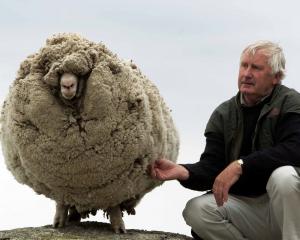
Magpies, often regarded in Central Otago and elsewhere as aggressive invaders introduced from Australia in the 1860s, have long divided public opinion. But new research reveals their ancestors once lived in New Zealand — millions of years before European settlers arrived.
Researchers from Canterbury Museum, the University of Canterbury, and Australian institutions, including Flinders and New South Wales universities, have spent more than 20 years studying fossils from the St Bathans area of Central Otago. Their work has now uncovered enough evidence to describe a new species of currawong — an ancient relative of the modern magpie.
The newly identified species, named the St Bathans currawong, lived between 19 and 16 million years ago, during the Miocene era, in what was then a lush, forested landscape surrounding a large prehistoric lake. The bird, likely similar in size to today’s Australian magpie but probably all black, appears to have gone extinct before the end of the Miocene period.
Dr Paul Scofield, senior curator of natural history at Canterbury Museum and a co-author of the study, said the findings challenged the widespread belief magpies were foreign intruders with no historical place in New Zealand’s environment.
"We persecute the magpie as an Australian that has no place in the New Zealand ecosystem, but its close relatives lived here in the past," he said.
"We’ve probably been without a member of the magpie’s extended family for only five million years."

"There’s an idea that we should return New Zealand to a pre-European ecological state," he said.
"But that ignores the fact that Aotearoa’s ecosystems were already dramatically different by the time humans arrived."
The fossil record shows species such as currawong and native pigeons disappeared as the country’s floral diversity declined. Other groups of animals and plants have arrived during the past few thousand years, both naturally and through human influence.
Dr Scofield said during the Miocene period, New Zealand forests would have looked more like Australian bushland, eucalypts, laurels and she-oaks (Casuarina) being common. A major climate cooling event around 13 million years ago led to the extinction of many warm-climate species, reshaping the ecosystem into the one seen today.
Fossil evidence from St Bathans suggests a greater diversity of songbirds once filled the bush with birdsong.
Together the findings suggest New Zealand’s natural history is far more complex and dynamic than the idea of a static, untouched ecosystem. So instead of striving to recreate a specific past state, these scientists are saying we should embrace and protect the biodiversity we have. — APL









